Com a crescente popularidade de criptomoedas como Bitcoin, KASPA e Alephium, cada vez mais investidores e entusiastas de tecnologia estão recorrendo à mineração de criptomoedas como fonte de renda passiva. Especialmente no mercado volátil de hoje, a mineração está se tornando uma oportunidade de investimento dinâmica, repleta de riscos e recompensas.
Entretanto, a pergunta mais comum para todo novo minerador é:
“Quanto eu realmente posso ganhar?”
Este guia detalha como os lucros da mineração de criptomoedas são calculados e apresenta exemplos do mundo real para ajudar você a tomar decisões mais inteligentes e baseadas em dados.
1. O que são lucros de mineração?
Em termos simples, mineração de criptomoedas significa usar hardware especializado para participar da operação de uma rede blockchain, resolvendo algoritmos complexos em troca de recompensas por bloco ou taxas de transação.
O lucro da mineração é a renda que você gera com a mineração — medida em criptomoedas e depois convertida em moedas fiduciárias — menos todos os custos operacionais envolvidos.
Fórmula básica de lucro:
Lucro líquido = Receita de mineração (USD) – Custo de eletricidade – Depreciação de hardware – Taxas de pool – Manutenção
2. Principais fatores que afetam a receita da mineração
1. Taxa de hash
A taxa de hash representa o poder de computação do seu minerador, medido em H/s, MH/s, GH/s, TH/s, etc. Quanto maior sua taxa de hash, maiores suas chances de ganhar recompensas em bloco.
Por exemplo:
-
IceRiver KS3L: 5º/s
-
Caixa AL Goldshell: 360 GH/s
2. Recompensas de bloco
Cada criptomoeda possui mecanismos de recompensa por bloco diferentes. Por exemplo, o Bitcoin oferece atualmente 6,25 BTC por bloco (sujeito ao halving), enquanto moedas mais recentes, como KASPA ou Alephium, podem ter estruturas diferentes.
3. Preço da moeda
O valor de mercado de uma moeda impacta significativamente sua renda em moedas fiduciárias. Um preço de moeda mais alto aumenta seus retornos; uma queda no preço pode corroer seus lucros, mesmo que sua produção de moedas permaneça constante.
4. Dificuldade de Mineração
À medida que mais mineradores ingressam na rede, a dificuldade da mineração se ajusta para manter tempos de bloco estáveis. Maior dificuldade significa menor probabilidade de recompensa para a mesma taxa de hash.
5. Distribuição de Pool de Mineração
A receita pode variar dependendo se o seu pool utiliza modelos de pagamento PPS, PPLNS ou FPPS. Escolha pools confiáveis com bom tempo de atividade e taxas baixas.
3. Compreendendo a estrutura de custos
1. Custo da eletricidade
Esta é a sua maior despesa contínua. A fórmula é:
Custo de eletricidade = Consumo de energia × Horas de funcionamento × Preço por kWh
Por exemplo, o AE BOX II consome 360 W. A US$ 0,10 por kWh e funcionando 24 horas por dia, 7 dias por semana:
0,36 kW × 24 h × US$ 0,10 = US$ 0,864 por dia
2. Depreciação de hardware
A maioria dos hardwares de mineração tem uma vida útil de 12 a 36 meses.
Se o seu AE BOX II custa US$ 850 e você o divide em 3 anos:
$ 850 / 36 = $ 23,61 por mês
3. Manutenção e Resfriamento
O AE BOX II é um minerador silencioso e ideal para uso doméstico, portanto, você não precisará de refrigeração extra. A manutenção é mínima em comparação com ASICs de grande porte.
4. Taxas de piscina
A maioria dos pools cobra entre 1% e 2% da sua receita de mineração.
4. Exemplo do mundo real: AE BOX II Mineração AELO
Especificações do dispositivo:
-
Taxa de hash: MH/s
-
Consumo de energia: 360W
-
Tarifa de eletricidade: US$ 0,10/kWh
-
Preço da moeda AELO: US$ 0,035 (presumido)
-
Rendimento diário estimado por MH/s: 0,86 AELO (assumido)
Produção diária de AELO:
54 × 0,86 = 46,44 AELO
Renda diária:
46,44 × $ 0,035 = $ 1,63
Custo de eletricidade:
0,36 × 24 × $ 0,10 = $ 0,864
Taxa de piscina (1%):
$ 1,63 × 1% = $ 0,016
Lucro líquido:
$ 1,63 - $ 0,864 - $ 0,016 = $ 0,75/dia
Observação: estes valores são ilustrativos. Os lucros reais dependem dos preços de mercado, da dificuldade de mineração e do desempenho do pool.
5. Recomendação de ferramenta: Calculadora de lucro de mineração online
Para simplificar tudo, você pode usar a Calculadora de Mineração Cryptominerbros . Basta inserir:
-
Taxa de hash
-
Consumo de energia (Watts)
-
Tarifa de eletricidade
-
Tipo de moeda
-
Preço da moeda
O sistema estimará seu lucro líquido diário, mensal e anual.

👉 Experimente aqui: https://hashrate.no/
6. Dicas para maximizar seus lucros na mineração
-
Escolha mineradores eficientes: dispositivos de baixo consumo de energia como AE BOX II ou AL-BOX são ideais para ROI de longo prazo.
-
Tenha acesso a eletricidade barata: tarifas mais baixas (US$ 0,05–US$ 0,07/kWh) fazem uma grande diferença.
-
Diversifique sua seleção de moedas: não minere apenas BTC ou ETHW — considere moedas promissoras como KAS, ALPH e AELO.
-
Selecione pools de mineração de primeira linha: pools confiáveis oferecem melhor tempo de atividade e maior rendimento.
-
Use ferramentas de monitoramento remoto: minimize o tempo de inatividade e otimize o desempenho com alertas em tempo real.
7. Considerações finais
Minerar criptomoedas não é um esquema para "enriquecer rápido" — é uma mistura de tecnologia, dados e estratégia inteligente. Entender seu potencial de lucro antes de fazer qualquer investimento é a chave para se manter competitivo e sustentável no dinâmico mercado de criptomoedas.
Procurando por mineradores de alta eficiência ou soluções de mineração personalizadas?
A ZhenChainMicro tem orgulho de atender clientes em mais de 120 países com hardware premium, acessórios e suporte profissional. Entre em contato conosco hoje mesmo para aprimorar sua jornada de mineração!



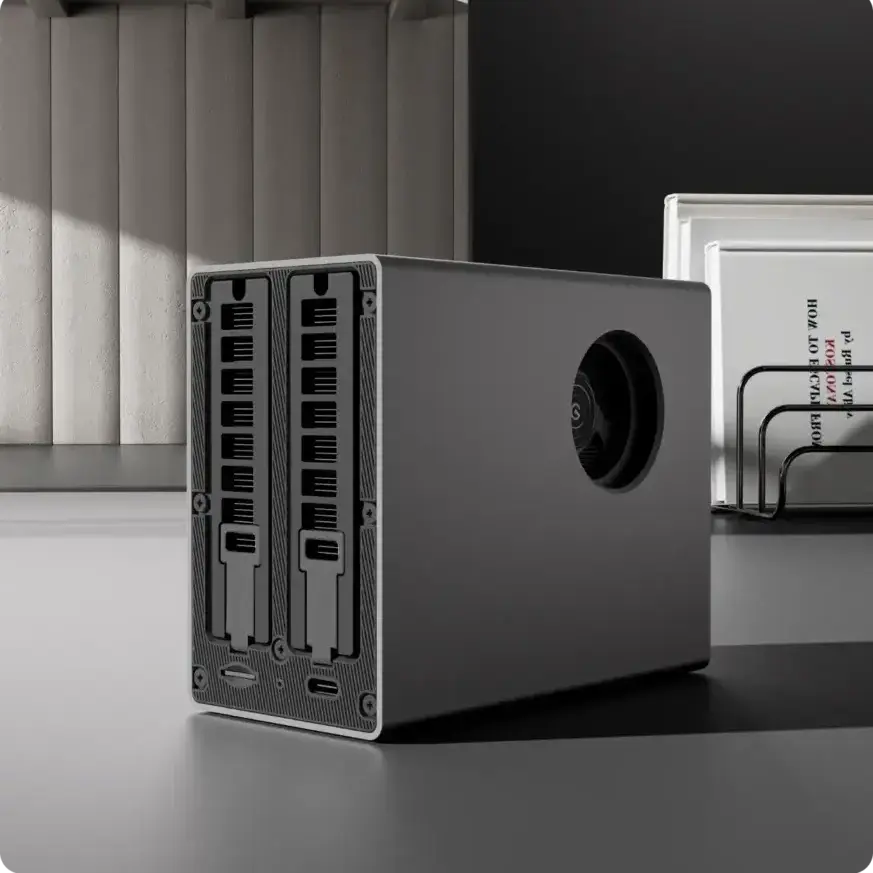
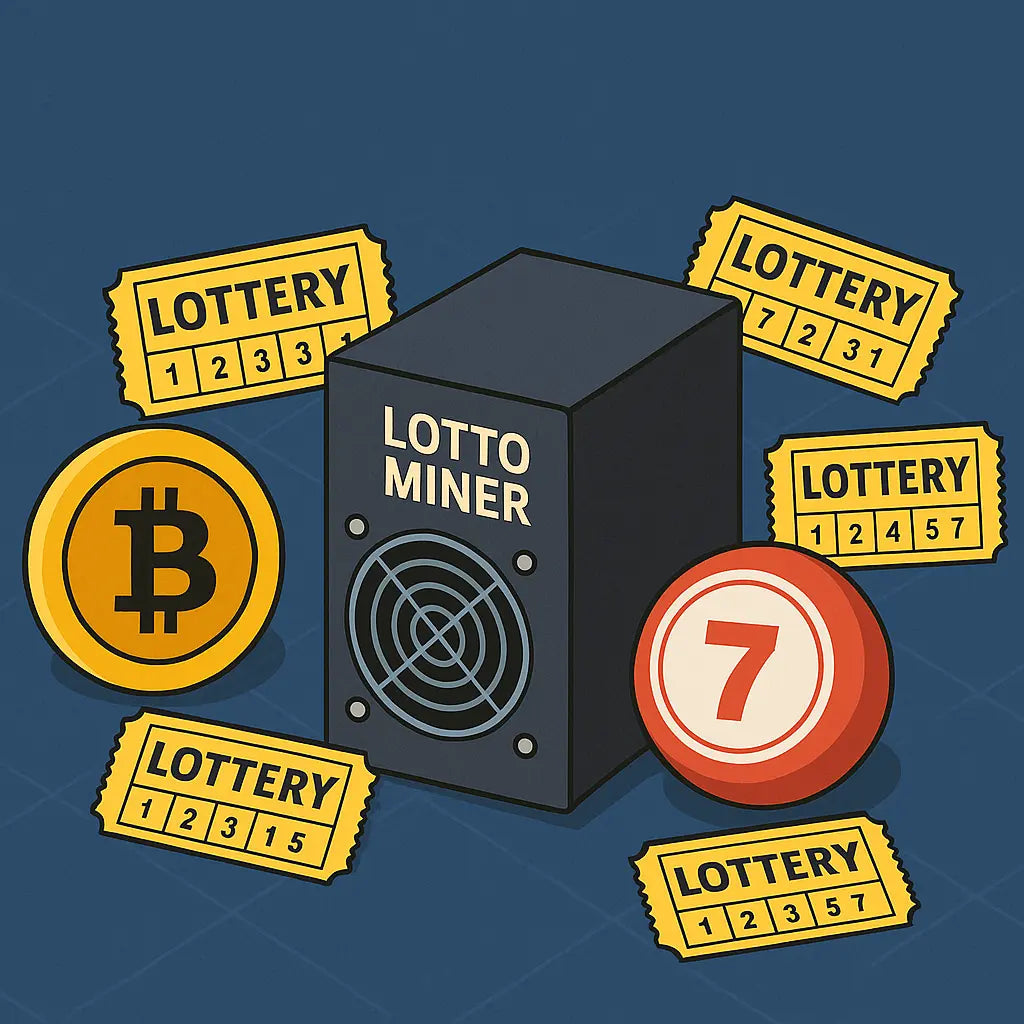
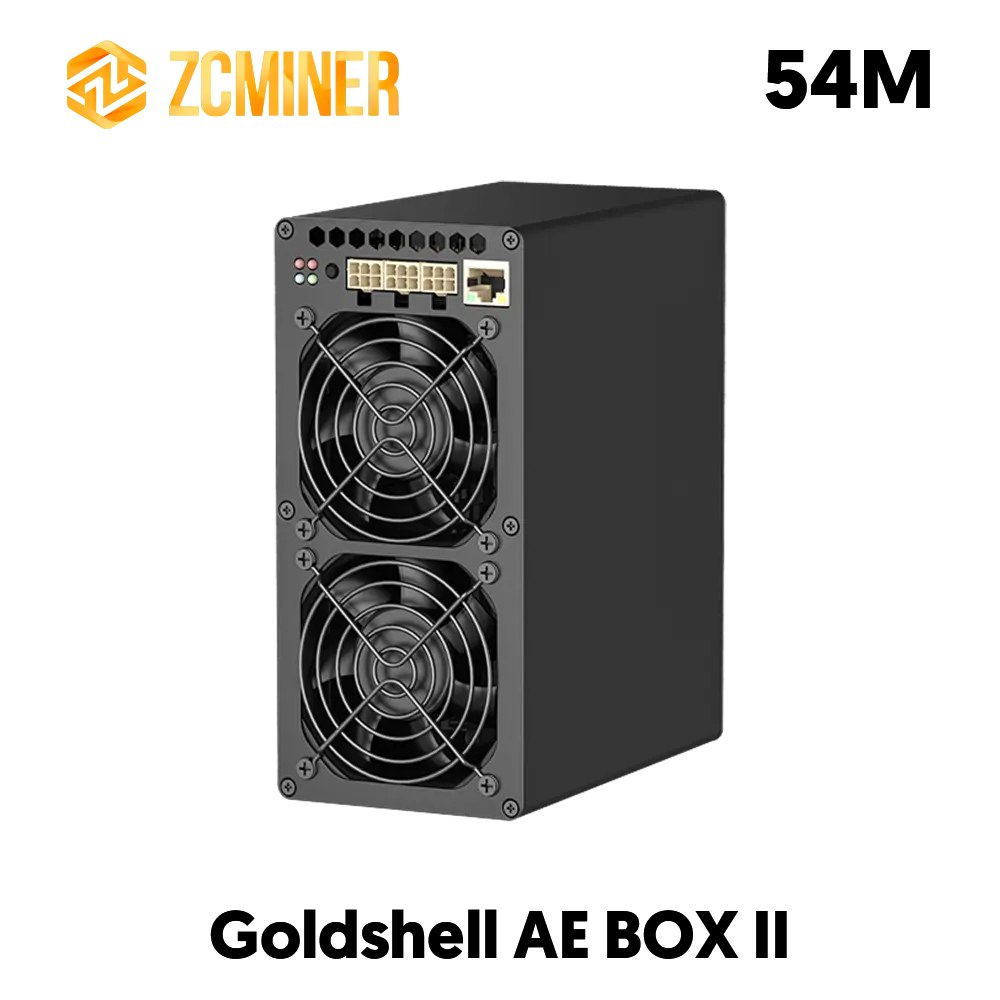
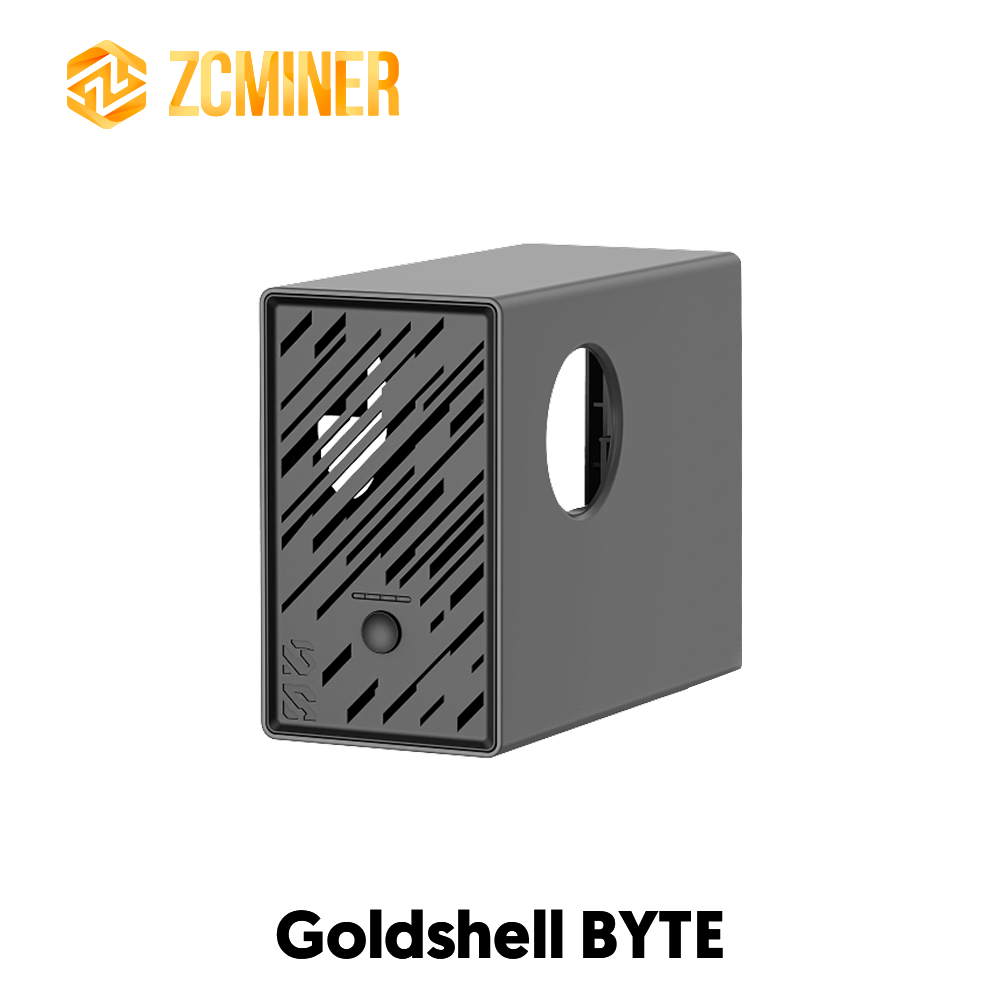
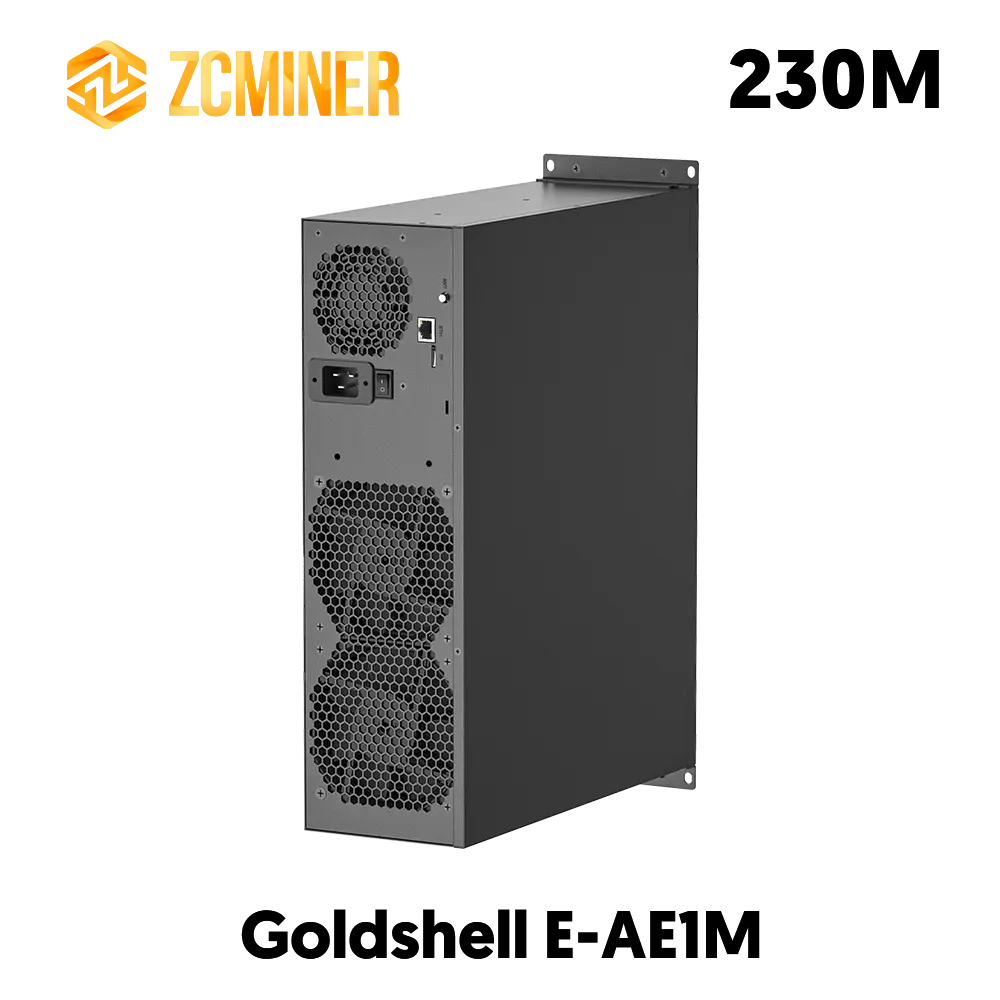
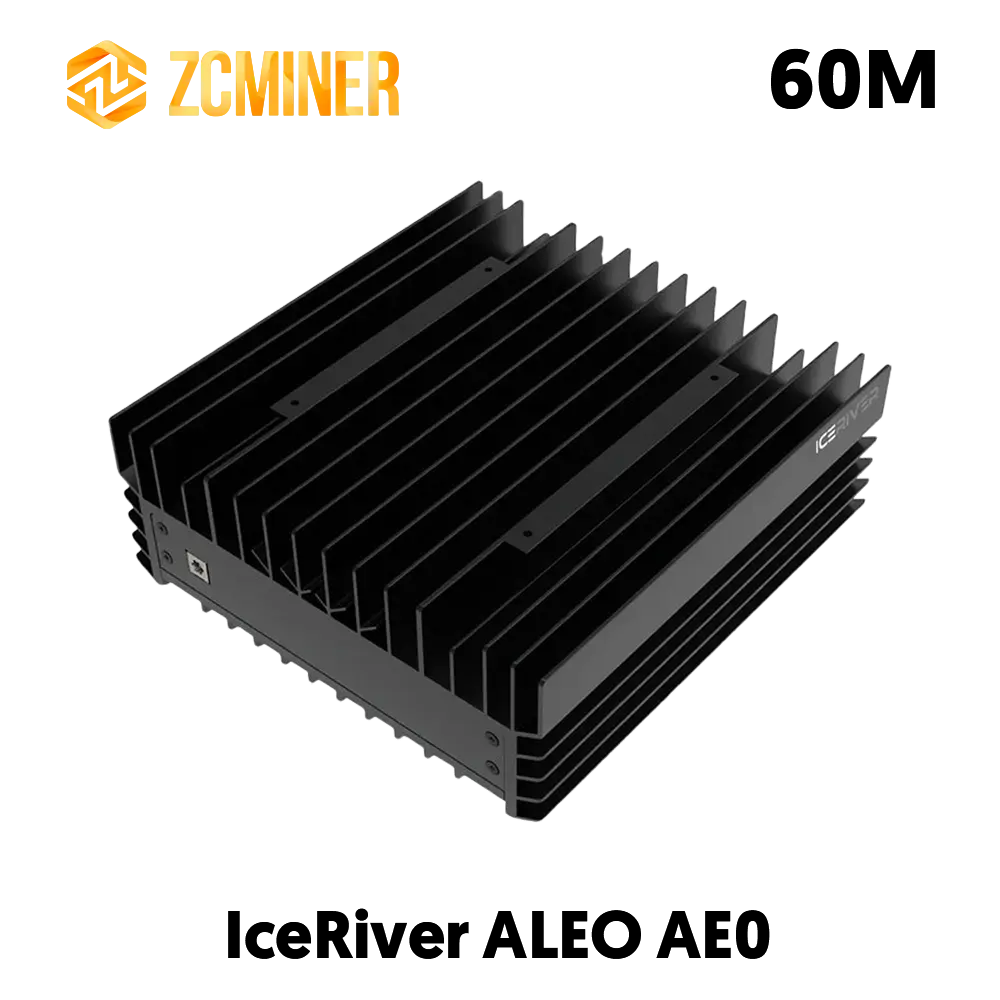


Deixar comentário
Este site é protegido por hCaptcha e a Política de privacidade e os Termos de serviço do hCaptcha se aplicam.